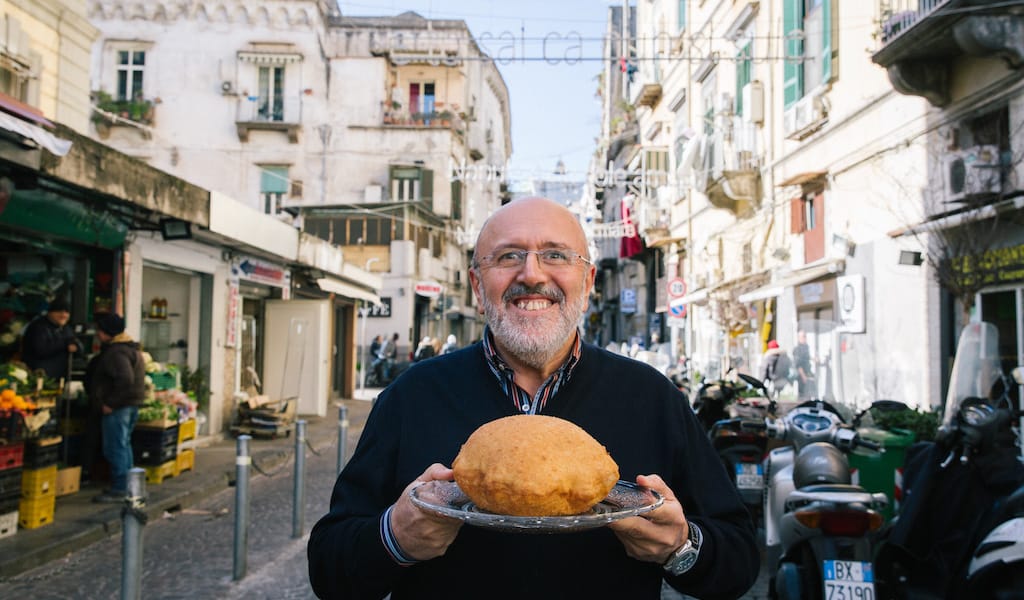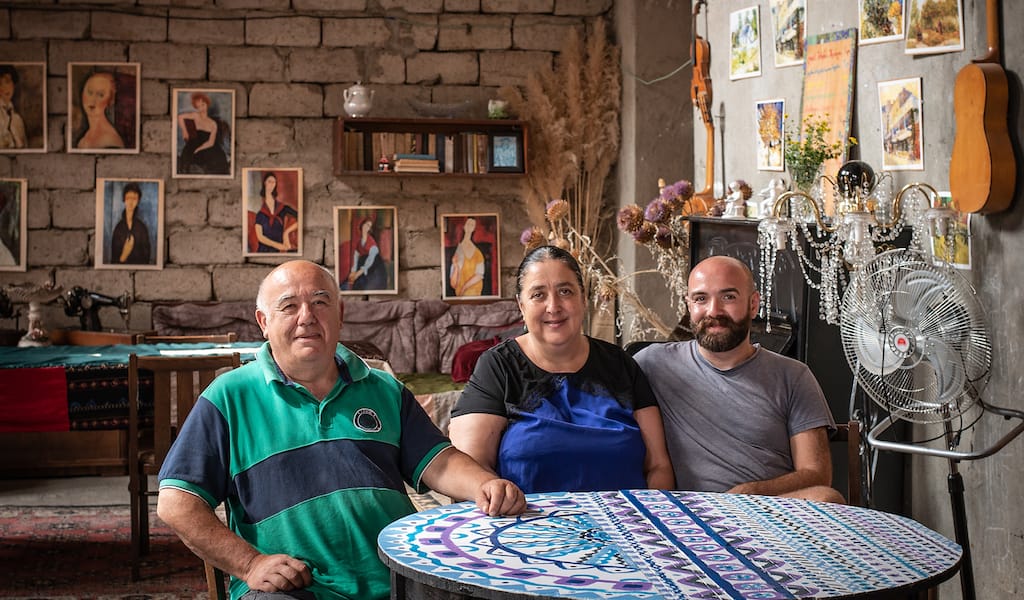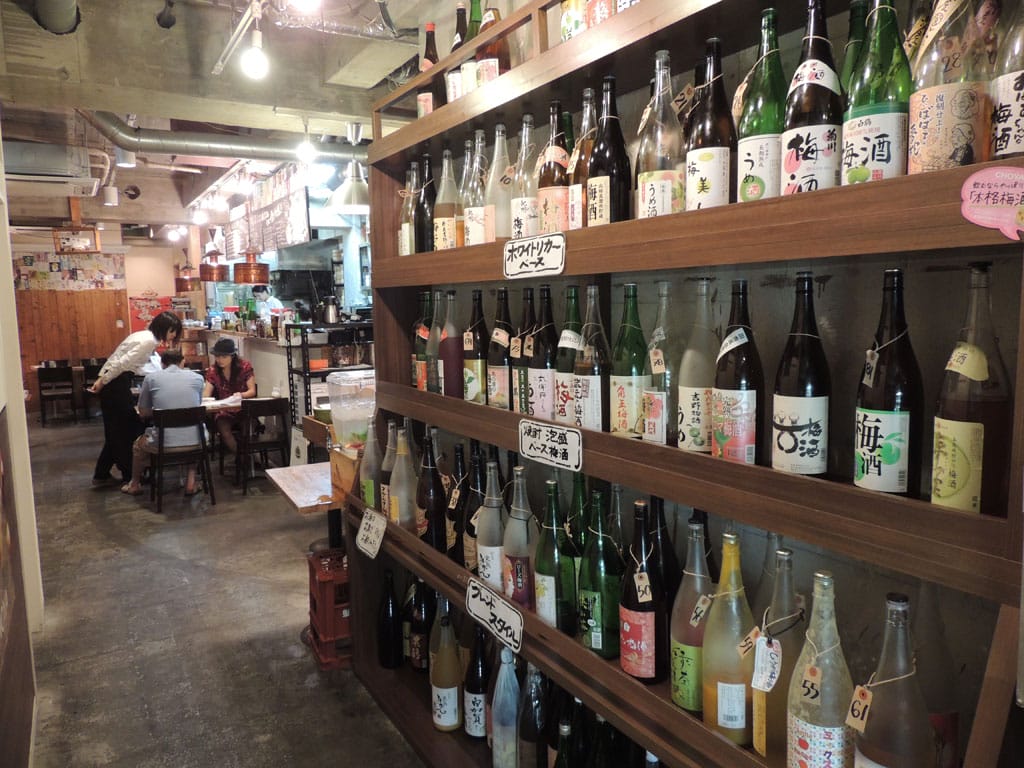Update: Refik Restaurant is sadly no longer open.
The fatty torik – the Turkish name for a large, mature Atlantic bonito, similar to the little tunny – courses the straits of the Bosphorus and the Dardanelles for just a short period each year in November and December.Yet the people of Istanbul eat it year-round by preserving the fish in a light brine, something it seems they have been doing for millennia – the Byzantines even minted coins with an image of the fish. Making lakerda is more than a means to preserve bonito for the rest of the year, however; it’s part of the city’s culinary instinct.
Around 5 a.m. one recent morning in Yenikapı, yellow rubber boots were piled high in front of the one serene spot on the sprawling grounds of the Municipal Fish Auction. Inside the “Fisherman’s Mosque,” 70 or 80 men were saying their prayers after a long frenzy on the Bosphorus. These fishermen had brought in the winter’s first haul of torik – the season’s most valuable catch. As they sat whispering their prayers, the ecosystem of middlemen was churning with negotiations that would ensure the passage of these fish from the long hangar at the seafront into local fish markets and restaurants throughout the city. Outside the mosque, vans marked with the city’s top fish restaurants filed into the damp, dark parking lot, which was littered with Styrofoam fish coolers, and the place began to smell less like fish and more like money.
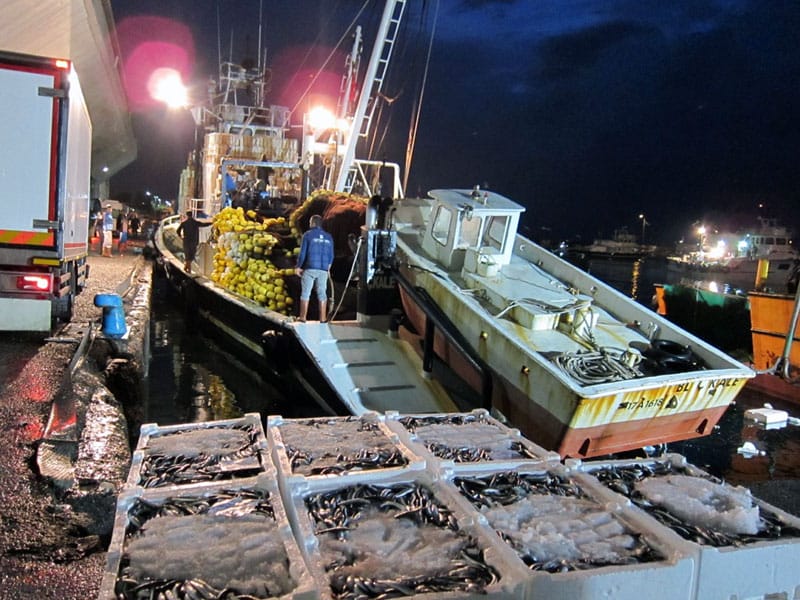
The fisherman, auctioneers, commissionmen, wholesalers, restaurant owners, trolley pushers and onlookers gathered here were giddy and unable to contain themselves as they piled around for the season’s first big torik auction. As boats offloaded their catch and wheeled it in, stacked in crates on dollies, the volume went up and the crowd surged toward the new arrivals. Great loads of hamsi, or Black Sea anchovies, came off a boat named Cengiz, the Turkish name for Genghis Khan. Then came a procession of torik packed two to a crate, their heads and tail fins protruding. Tea slingers coursed through the piles of fish, cigarettes were passed around, telephone calls were urgently placed. One man popped out from behind a stack of fish crates to surprise a vendor with a quick backhanded shot to the crotch followed by a howl, the squeak of rubber boots and friendly grappling.
“The best lakerda is made from Bosphorus torik,” Yusuf, a lakerda-maker in Beyoğlu’s fish market, told us later. The shop where he works, Reşat Balık, is a third-generation family business that has supplied traditional meyhanes around town with lakerda since the 1940s. Yusuf Bey cut the head and tail off, sliced the fish into thick medallions and ran a thin spike through the center, draining the blood before tossing it into a bucket of seawater. After cleaning it several times he would seal it in jars of salt for 10 days or so before distributing it to clients around the city.
Following a suggestion from Yusuf Bey, we next found ourselves at Refik, a traditional meyhane in Asmalımescit that serves Yusuf’s own preparations. Served over slices of raw red onions, the lakerda medallions were a deep rose in color, soft and fragrant of the sea. We felt honored by the presence of this true Istanbul native alongside our small plates of soslu patlıcan (eggplant smothered in that New World import, the tomato), Arnavut ciğeri (“Albanian” liver, which probably arrived here with refugees of the Balkan Wars), and a spicy acılı ezme that tasted of Southeast Turkey.
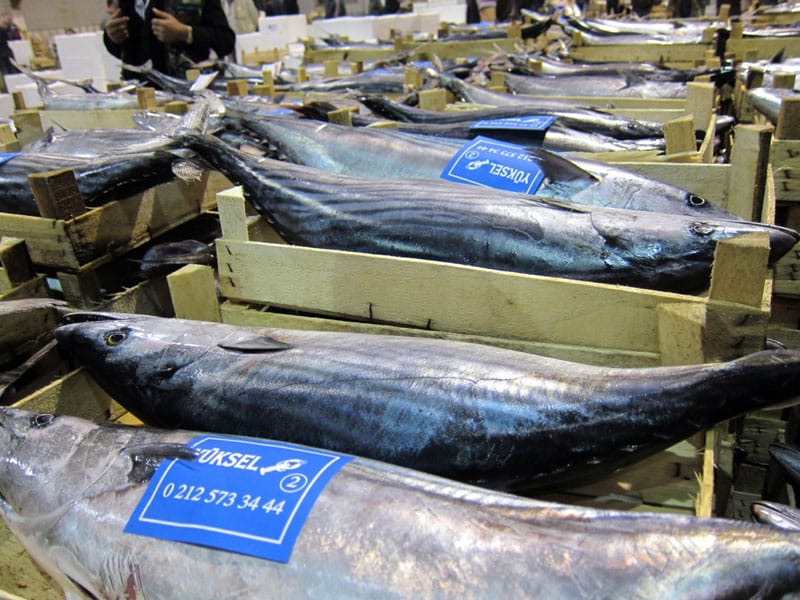
We often fear that tastes change too quickly and that much in this city is lost to the latest trend. But then we find ourselves involved in something ancient and very much alive, like drinking water from a sacred spring or eating lakerda, and we are reassured that the soul of Istanbul is healthy and well, if a little salty and often hiding in unexpected places.
This story was originally published on January 4, 2013.
 April 14, 2020 CB Pantry Raid
April 14, 2020 CB Pantry Raid
We’re launching a regular Instagram Live series with our walk leaders called CB Pantry […] Posted in Naples September 22, 2020 CB on the Road
September 22, 2020 CB on the Road
We pull off the recently finished section of highway at the Argveta exit in Imereti, […] Posted in Tbilisi July 18, 2016 Umeshu Dining Myoujou
July 18, 2016 Umeshu Dining Myoujou
Long valued for its medicinal properties, the East Asian stone fruit ume appears in […] Posted in Tokyo
Published on February 10, 2017
Related stories
April 14, 2020
Naples | By Culinary Backstreets
NaplesWe’re launching a regular Instagram Live series with our walk leaders called CB Pantry Raid – each person will give a guided tour of the local pantry and discuss the staples that have sustained their communities over the years. Tune in on Thursday, April 16, at 2 p.m. EDT (GMT-4) to hear Amedeo Colella, our…
September 22, 2020
TbilisiWe pull off the recently finished section of highway at the Argveta exit in Imereti, follow Google Maps to a hand-painted sign directing us along a bumpy lane to an open iron gate with painted flowers, and park our car as if we live here. The front yard is lush with fruit trees, children’s toys…
July 18, 2016
TokyoLong valued for its medicinal properties, the East Asian stone fruit ume appears in Japan’s oldest pharmacological dictionary, written in 918. Something between a plum an apricot, the ume is more acidic than both and rich in antioxidants. The first mention of umeshu, a liqueur made by steeping ume in usually distilled spirits and commonly…













































